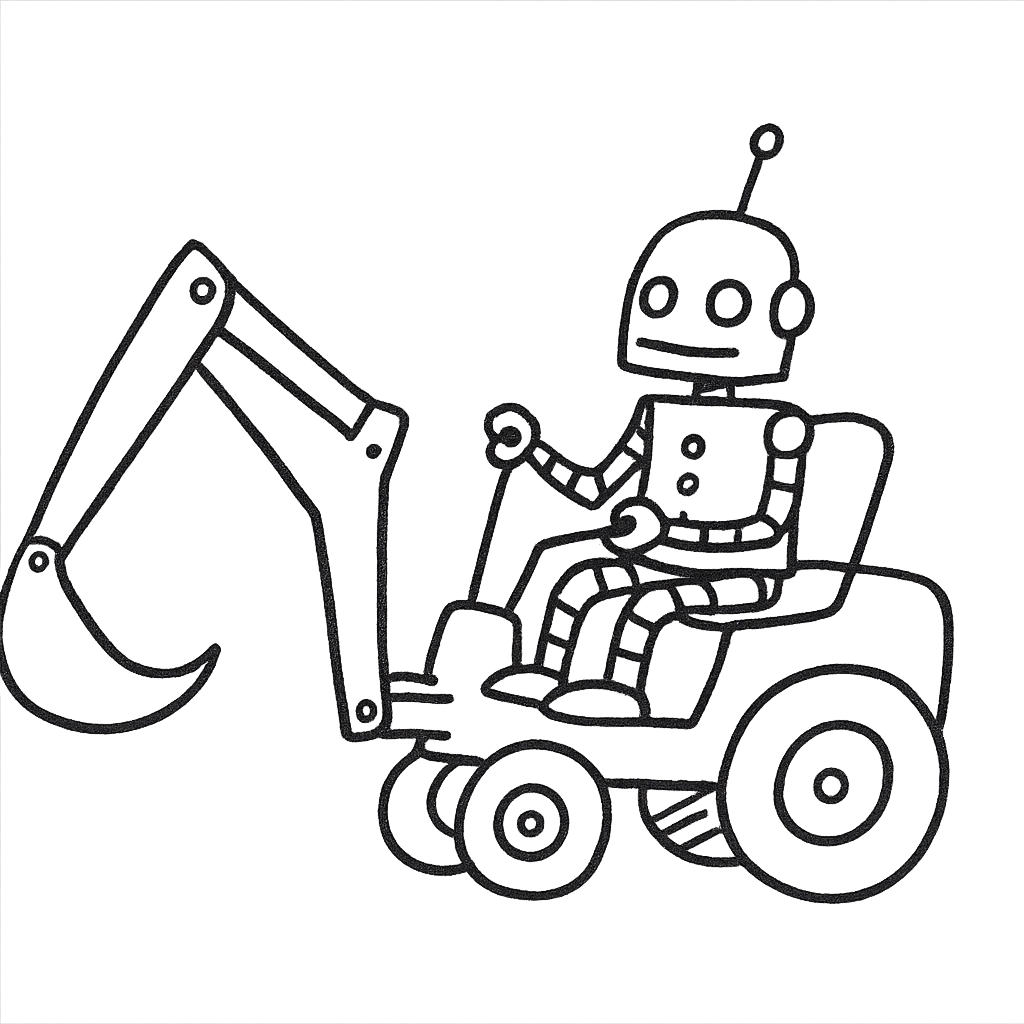Meet the New OpenAI, Same Problems As The Old One
The agreement with Microsoft shows a company under pressure
There are three spiritually contradictory yet factually harmonious truths about OpenAI:
The company is the fastest growing consumer application in history, while using novel science to launch hit after hit product.
Understanding the legal structure and org chart machinations of this organization has always been akin to repeatedly getting hit in the face by a bag of marbles.
This same organization is on track to burn through $115 billion by 2029, more than any other company in history, and along that journey, plans to spend $7 trillion on datacenters by 2033.
An analytically rigorous examination of OpenAI has to hold these three truths in their head at the same time. The firm is the embodiment of the messy combination of hubris, ambition, momentum, stimulants, altruism, and capitalism that all great technology startups have. It is going for world domination (which is nuts) and has a real chance of achieving it (also nuts).
OpenAI is also, as of this morning, no longer a non-profit organization. Microsoft and OpenAI issued press statements that outlined a complicated new structure for their relationship and the future of Sam Altman Inc. OpenAI will split into a non-profit and a for-profit public benefit corporation (PBC). The non-profit is gifted $130B of worth of PBC equity and controls the board of directors.
That’s the broad headline, the one you’ll see across social media. However there are numerous details in these press releases that, when read closely, can tell us about timelines of AGI, what business lines OpenAI is abandoning to Anthropic, what Microsoft cares about, and what areas startups should pursue.
Here are the three most important things from this announcement (and why they matter).
Keep reading with a 7-day free trial
Subscribe to The Leverage to keep reading this post and get 7 days of free access to the full post archives.



